Image of Women’s Weightlifting: Main Components and Their Characteristics
Author(s)
Olga N. Stepanova, Doctor of Sciences (Pedagogy), Professor, Head of the Department of Sports Disciplines and Methods of Their Teaching, ORCID https://orcid.org/0000-0002-4114-2801, Institute of Physical Culture, Sport and Health, Moscow State Pedagogical University
1, bld. 1, Malaya Pirogovskaya St, Moscow, Russia, 119991, tel.: +7(495)4380781, e-mail: stepanova.olga.75@gmail. com
Daria P. Stepanova, Assistant at the Department of Physical Education and Sports, ORCIDhttps://orcid.org/0000-0003-4676-3583, Institute of Physical Culture, Sport and Health, Moscow State Pedagogical University
1, bld. 1, Malaya Pirogovskaya St, Moscow, Russia, 119991, tel.:+7(495)4380781, e-mail: dp.stepanova.mpgu@gmail. com
Abstract. Purpose of research. The study aimed to develop a statistical model of an image of women’s weightlifting.
Methods and organization of research. The first stage of the study involved interviewing 77 Moscow schoolgirls aged 12–14. The girls were asked to express their associations, thoughts, or value judgments related to women’s weightlifting. The obtained data were processed using qualitative and quantitative content analysis. The second stage of the study focused on selecting antonymic (opposite in meaning) pairs of statements characterizing women’s weightlifting. Thus, a set of 31 bipolar scales of the semantic differential was obtained. In the third stage of the study, the same 77 schoolgirls aged 12–14 were asked to evaluate their attitude to women’s weightlifting using the developed semantic differential scales. The obtained data underwent factor analysis with the rotation of reference axes according to the Varimax criterion. The result of factorization was a statistical model of the image of women’s weightlifting.
Research result. The statistical (factor) model of the image of women’s weightlifting consists of seven components with groups of characteristics inherent in each of them: 1) aesthetic qualities, the popularity of the sport, its positive impact on the corporal and personal dimension of women; 2) gender appropriateness of the sport and its positive effect on health and social status of women; 3) accessibility (physical, financial) and safety of the sport; 4) the quality of the sports infrastructure, demand for this kind of sport among the youth; 5) influence on women’s social status; 6) positive impact on the moral and volitional powers of women going in for weightlifting; fashion for men’s sports; 7) public recognition of sporting success and achievements of national athletes.
Conclusion. The results of the research can be used to develop a program for correcting the women’s weightlifting image and to formulate arguments for the successful positioning of women’s weightlifting among teenagers and young people.
Keywords: women’s weightlifting, image, teenage girls, factor model of the women’s weightlifting image.
For citation: Stepanova O. N., Stepanova D. P. Image of Women’s Weightlifting: Main Components and Their Characteristics. Pedagogicheskiy IMIDZH = Pedagogical IMAGE. 2020; 14(3): 411-422.
UDС: 796.88+159.9.072
DOI: 10.32343/2409-5052-2020-14-3-411-422






